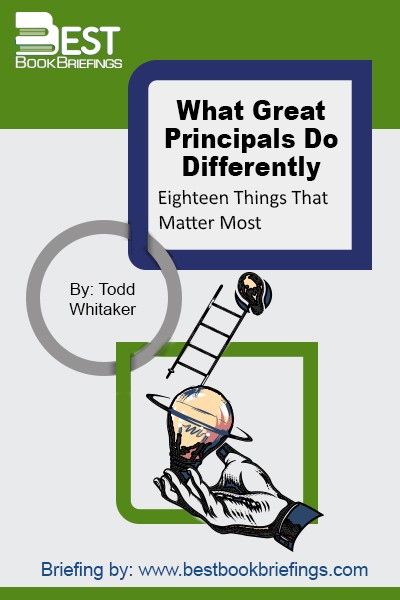What Great Principals Do Differently
Eighteen Things That Matter Most
Editorial Review
This book frames the landscape of school from the perspective of great principals. What do they see when they view their schools and the people in them? Where do they focus their attention? How do they spend their time and energy? What guides their decisions? How can we gain the same advantages? There is no one answer; if there were, surely we’d all have it by now. Education is extremely complex, and so is school leadership. But we can work toward understanding what the best principals do. We can gain insight into how effective we are as leaders. Most of all, we can continue to refine our skills.
Book Reviews
Books on Related Topics
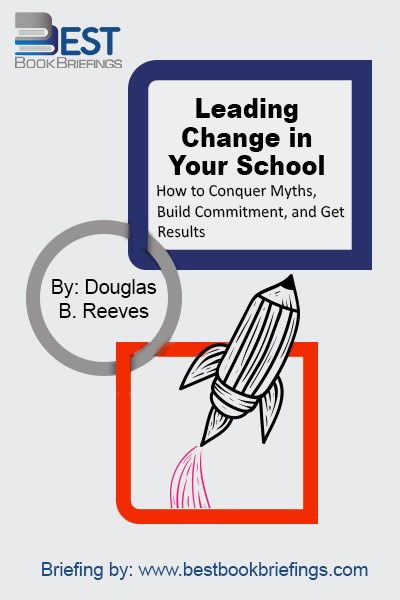
In more than two-and-a-half million miles of travel to schools in every part of the world, we have found a growing number of change leaders. These are the people who not only implement change successfully, but also appear to thrive on it. Their colleagues are no more insightful, desperate, or well
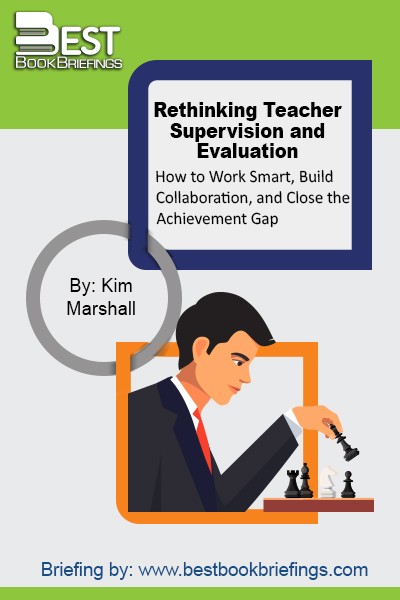
For decades, the assumption has been that if we want to improve teaching, one of the best ways is to supervise and evaluate teachers. Surely, the argument went, inspecting classroom performance and giving teachers feedback and formal evaluations would make a positive difference. But as we frequently ask groups of administrators
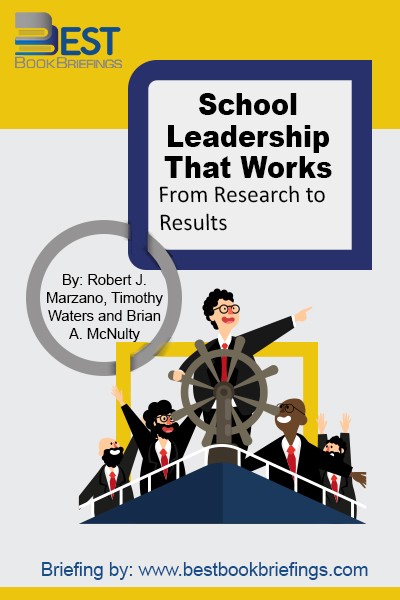
What does research tell us about the effects of school leadership on student achievement? What specific leadership practices make a real difference in school effectiveness? How should school leaders use these practices in their day-to-day management of schools and during the stressful times that accompany major change initiatives? Robert J. Marzano,
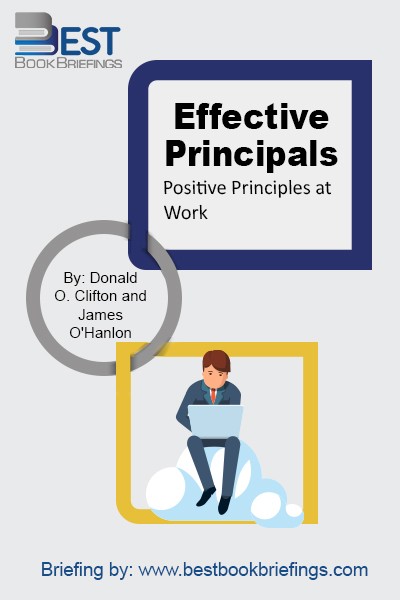
Read and learn as James O'Hanlon and Donald Clifton describe how elementary and secondary principals, identified as outstanding, carry out their work. According to the authors, these principals resemble highly effective managers in business in their adherence to the tenets of positive psychology. While the position of principal is highly demanding,
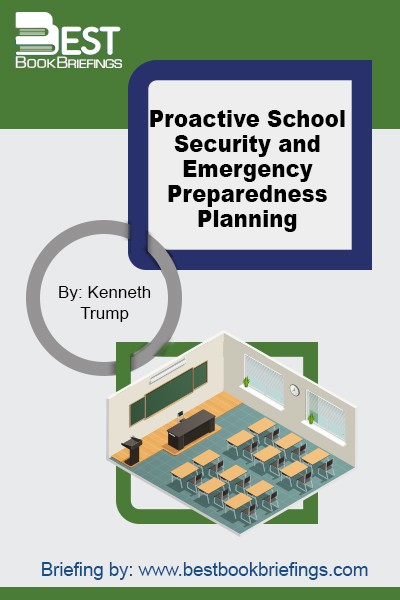
Effectively managing school safety requires the combined skills of a juggler and tightrope walker. School administrators must juggle school safety and the many other aspects of leading schools: Academics, facilities, finances, district politics, school-community relations. They must also walk a tightrope by beefing up security and preparedness for an emergency while

